Plastic-Free Living: How to Reduce Single-Use Waste
/Reducing single-use plastic isn’t just a trendy buzzword, it’s a meaningful step toward protecting oceans, wildlife, and human health. Plastic takes centuries to break down, leaches harmful chemicals, and shows up in the deepest trenches of the sea and the highest peaks of the Himalayas.
The most effective solution to the world’s plastic problem will ultimately require less production; currently, more than 460 metric tons of plastic are produced every year, with almost 5% of it ending up in landfills. The good news? With a few practical shifts, you can dramatically shrink your plastic footprint and inspire others to do the same. This guide covers everything from understanding the problem to everyday swaps, all designed to help you transition to a plastic-free lifestyle.
1. Grasp the Scope of the Problem
Before swapping out your straws and cotton-ball pads, it helps to understand why single-use plastics are so harmful:
Longevity & Pollution: Most common plastics (PET, HDPE, LDPE) can take 100–500 years to degrade. Along the way, they break into microplastics that enter soil, waterways, and the food chain.
Resource Drain: Plastic is made from fossil fuels; over 8% of global oil production goes into plastic manufacturing, which contributes to climate change.
Wildlife Impacts: Millions of marine animals die annually from ingestion of or entanglement in plastic debris.
Human Health Concerns: Microplastics have been found in drinking water, seafood, and even the air we breathe. Certain additives (like BPA and phthalates) can disrupt hormonal functions.
Recognizing the stakes motivates lasting change. Every piece of plastic you avoid keeps it out of landfills, rivers, and oceans.
2. Conduct a Single-Use Audit
A waste audit identifies the most common single-use items in your life so you can target the biggest offenders:
Collect Your Trash over a week, including bins from kitchen, bathroom, car, and office.
Sort & Tally: Separate items by type—plastic bags, bottles, wrappers, utensils, packaging, etc. Count how many of each you discard.
Spot the Patterns: Which items dominate? If you toss five plastic water bottles daily, that’s 1,825 per year per person!
Use your audit findings to set concrete goals. For example: “eliminate bottled water” or “replace single-use produce bags.”
3. Stock Your Home with Reusables
Replacing single-used plastics with durable alternatives makes the biggest dent in plastic waste:
Disposable Item
Plastic shopping bags
Single-serve water bottles
Plastic straws
Disposable utensils
Plastic wrap
Coffee pods & filters
Reusable Swap
Canvas or nylon tote bags
Stainless steel or glass water bottle
Metal, bamboo, or silicone straws
Bamboo cutlery set
Beeswax wraps or silicone covers
Reusable metal filter / French press
Quick Tips
Keep reusables visible: hang your tote by the door, stash your water bottle on your desk, and place beeswax wraps in an easy-reach drawer.
Buy quality: a well-made water bottle or cutlery set lasts for years, thereby paying for itself in just weeks.
4. Embrace Bulk Buying & Refill Stations
Packaging is a major source of single-use plastic. Minimizing packaging consumption saves money too:
Bulk Food Stores: Bring your own jars or cloth bags to fill grains, nuts, spices, and dried fruit.
Refill Bars: Many co-ops and natural-food stores offer station refills for shampoo, conditioner, dish soap, and even olive oil. Just top up your own container.
Farmers’ Markets: Purchase fresh fruit and vegetables loose or bring mesh produce bags. You’ll often be able to avoid plastic entirely.
Pro Tip: Label bottles with permanent marker or chalk labels so you know what’s inside.
5. DIY Household & Beauty Products
Most commercial cleaners and personal-care products come in plastic bottles. Homemade alternatives are effective, affordable, and plastic-free:
All-Purpose Cleaner
Ingredients: 1 part distilled white vinegar, 1 part water, optional essential oils for scent.
Method: Mix in a glass spray bottle. Safe for counters, glass, and floors (avoid vinegar on stone surfaces).
Laundry Detergent
Ingredients: Grated castile soap bar, washing soda, baking soda.
Method: Combine equal parts in a large jar. Use 1–2 tablespoons per load.
Shampoo & Conditioner Bars
Options: Solid bars packaged in cardboard are widely available. A single bar can replace 2–3 plastic bottles.
Toothpaste Tablets & Bamboo Toothbrushes
Tablets: Chew, brush, and spit — no tubes needed.
Toothbrushes: Bamboo handles biodegrade; just swap the bristles when worn.
6. Plastic-Free Kitchen Habits
The kitchen is ground zero for single-use plastics. Here’s how to refashion your food prep and storage:
Meal Prep in Glass: Store leftovers in mason jars or glass containers with silicone lids.
Bulk Produce: Choose loose fruits and veggies; for packaged items (like berries), transfer contents to a reusable container at home.
Homemade Snacks: Make your own granola bars, nut mixes, and energy balls. Pack in beeswax wraps or stainless steel tins.
Compost Scraps: Use a countertop compost bin and municipal or backyard composting— turning organic waste into garden gold.
By cutting packaging and composting food scraps, you’ll reduce both plastic and food waste.
7. Bathroom Swaps for Zero Waste
Plastic-Free Alternative
Bamboo swabs or reusable silicone swabs
Reusable cotton pads
Metal safety razor with replaceable blades
Shampoo and conditioner bars
Toothpaste tablets or powder
Menstrual cup, cloth pads
Disposable item
Plastic cotton swabs
Cotton rounds/pads
Disposable razors
Plastic shampoo bottles
Toothpaste tubes
Disposable menstrual products
Hint: Start with one swap—maybe cotton rounds—and build from there. You’ll be surprised how quickly you adjust.
8. On-the-Go Plastic-Free Kit
Preparing a grab-and-go kit ensures you’re never caught off-guard:
Essentials to Carry
Collapsible stainless steel water bottle
Reusable coffee cup or tumbler
Bamboo cutlery set (fork, knife, spoon, chopsticks)
Metal or silicone straw + cleaning brush
Cloth napkin or unpaper towel
Portable Pouch: Keep everything in a small zip pouch or tote inserted in your bag. Replace items immediately after use so they’re always there.
With this kit, you’ll avoid disposable forks at lunch cafes, plastic straws at smoothie shops, and single-use drink containers.
9. Mindful Gifting & Shopping
You can’t control all packaging, but you can influence your purchase choices:
Support Plastic-Free Brands: Seek out companies committed to minimal or plastic-free packaging. Many small brands offer shampoo bars wrapped in paper or cereal in cardboard boxes.
Choose Glass or Metal: Products packaged in glass or metal are infinitely recyclable and easier to refill or repurpose.
Gift Experiences: Instead of tangible items, give concert tickets, cooking classes, or memberships. Experiences leave no plastic trace.
If you do buy plastic-packaged items, check brand take-back programs or look for recyclable codes #1 (PET) and #2 (HDPE).
10. Advocate & Educate
Individual action matters, but collective change accelerates impact:
Community Cleanup: Organize or join a local park, beach, or street cleanup. Collect data on the types and quantities of plastics you find. Sharing results raises awareness.
Engage Local Businesses: Ask cafés and shops to offer discounts for customers who bring their own cups or containers. Highlight fellow patrons using reusables.
Social Media & Conversation: Post your swaps, challenges, and successes online. Encourage friends and family to adopt one new habit.
Policy Support: Advocate for local bans on single-use bags, polystyrene containers, or straws. Vote for representatives who prioritize environmental policies.
Your voice can influence companies and over time help shift legislation.
Progress over Perfection
Plastic-free living isn’t about perfection — it’s about progress. Each reusable bag, shampoo bar, and bulk-bin purchase chips away at the tide of single-use waste polluting our planet. Start by targeting your top three plastic offenders, then layer in new swaps as you build confidence. Over weeks and months, these small habits compound into a lifestyle that’s kinder to the Earth—and often kinder to your wallet, too.
Remember: every plastic bottle you skip, every straw you refuse, and every bar of soap you replace is a vote for a healthier, cleaner future, because the less people use single-use plastics, the less incentive manufacturers will have to make them. Ready to embark on your plastic-free journey? The planet, and future generations, will thank you.
About the Author:
Boris Dzhingarov is the founder of ESBO Ltd, a global Digital PR and SEO agency. He also creates content for Dreamstime. Originally from Bulgaria, he now lives in Thailand, where he also develops properties.














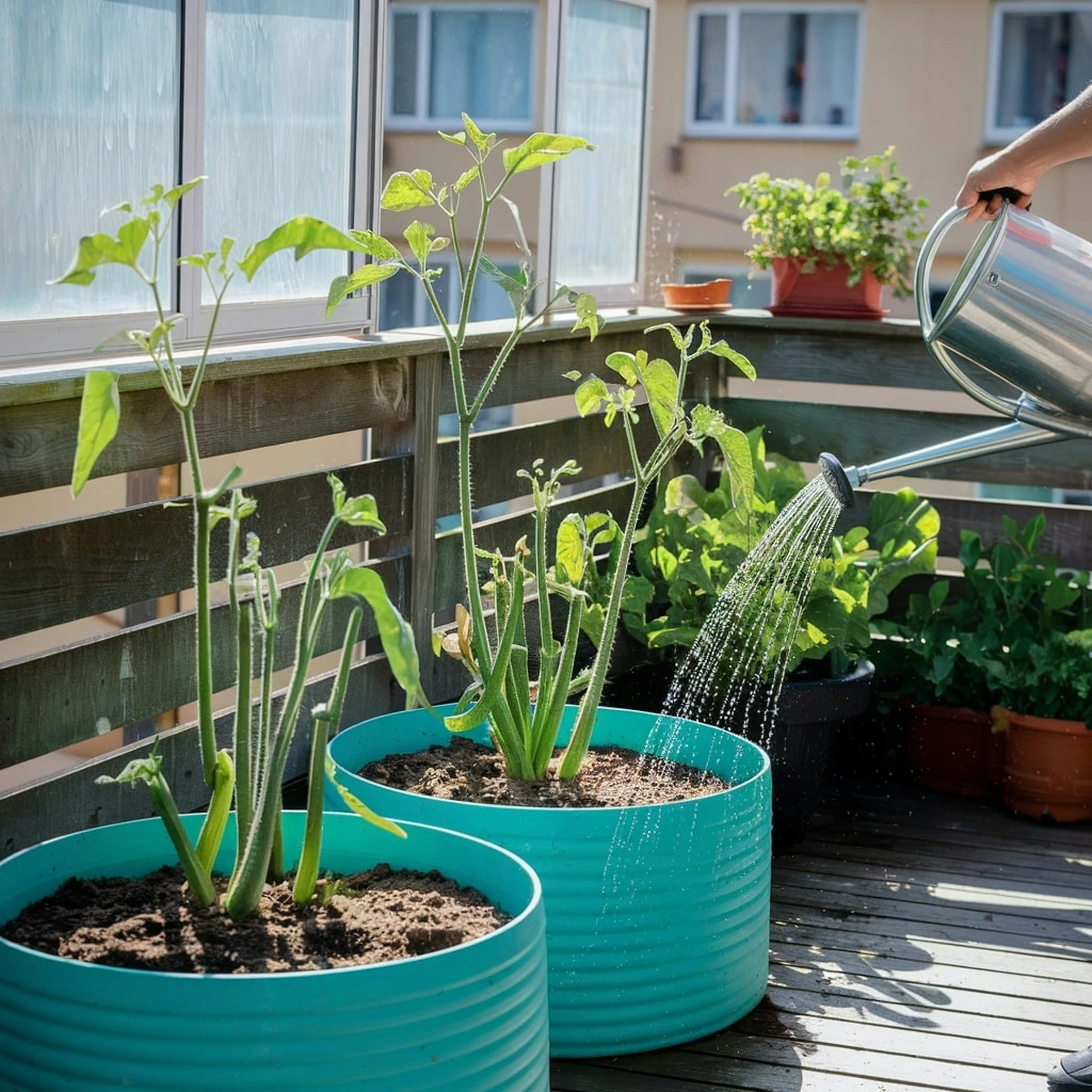
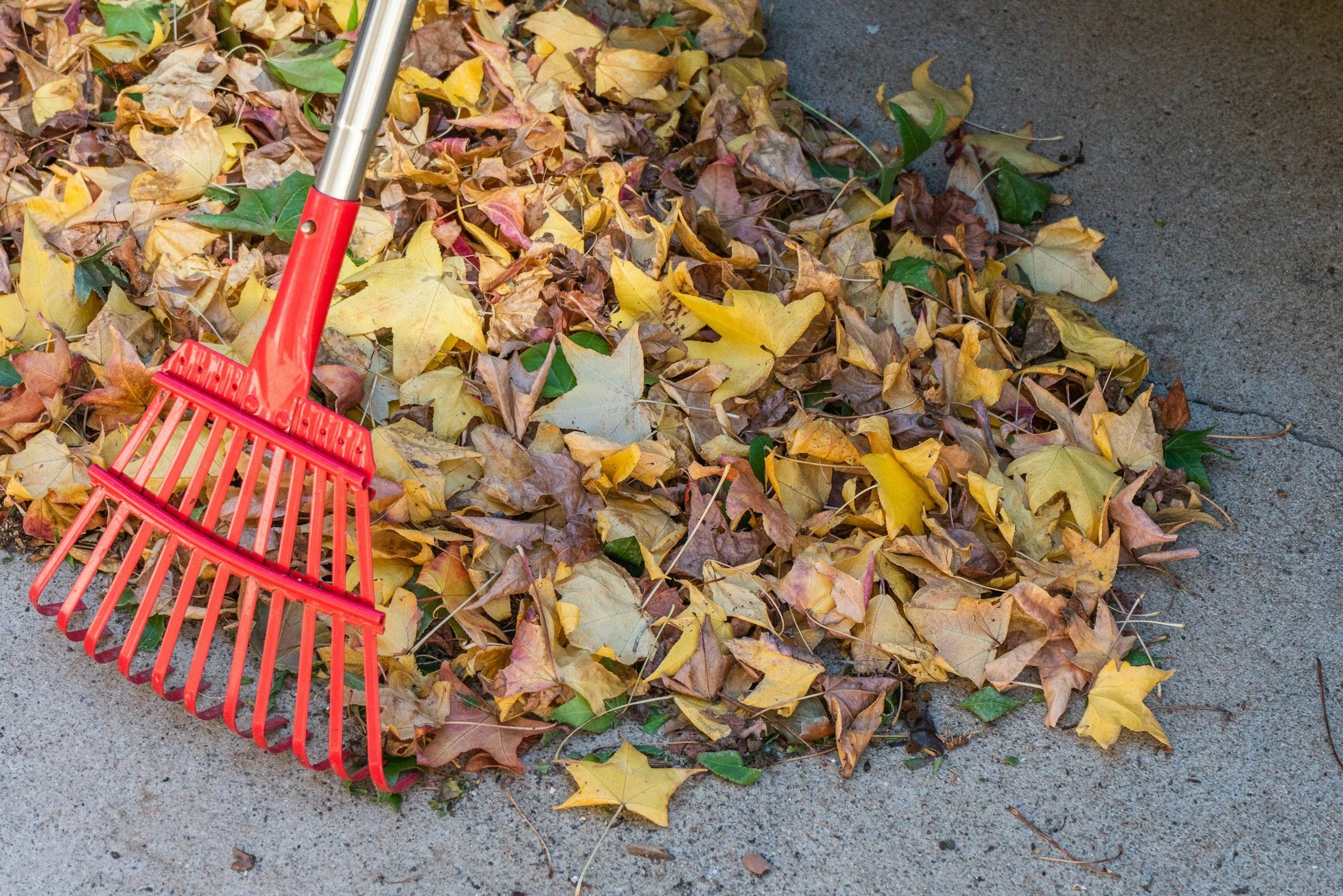






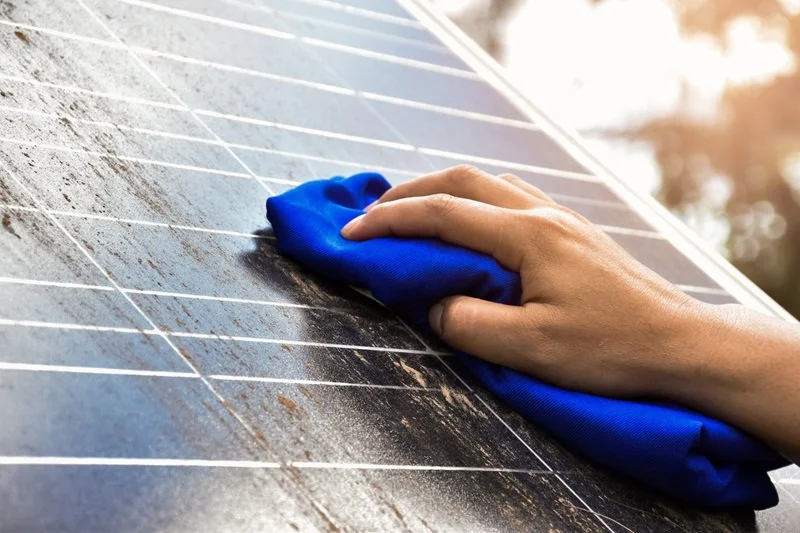

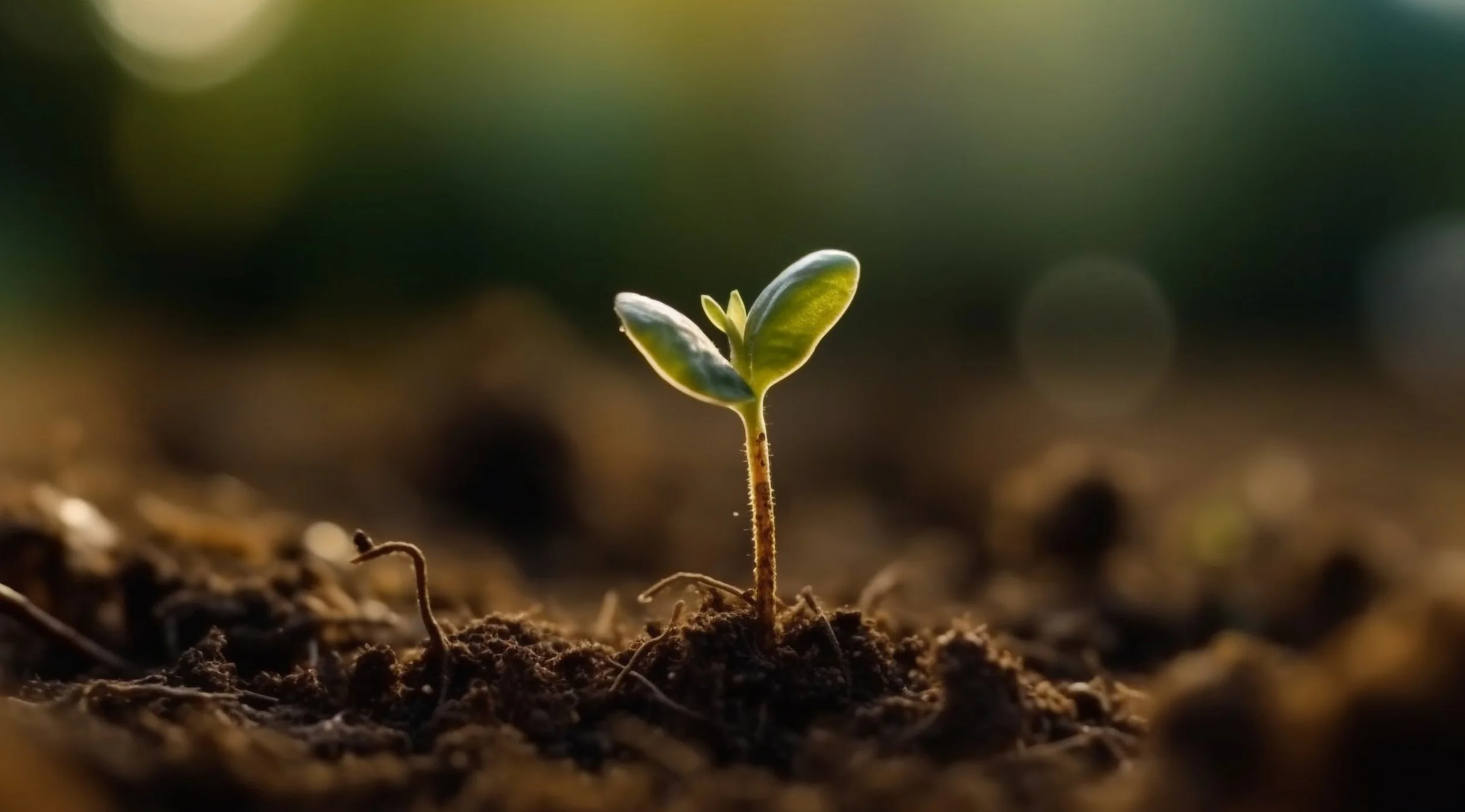



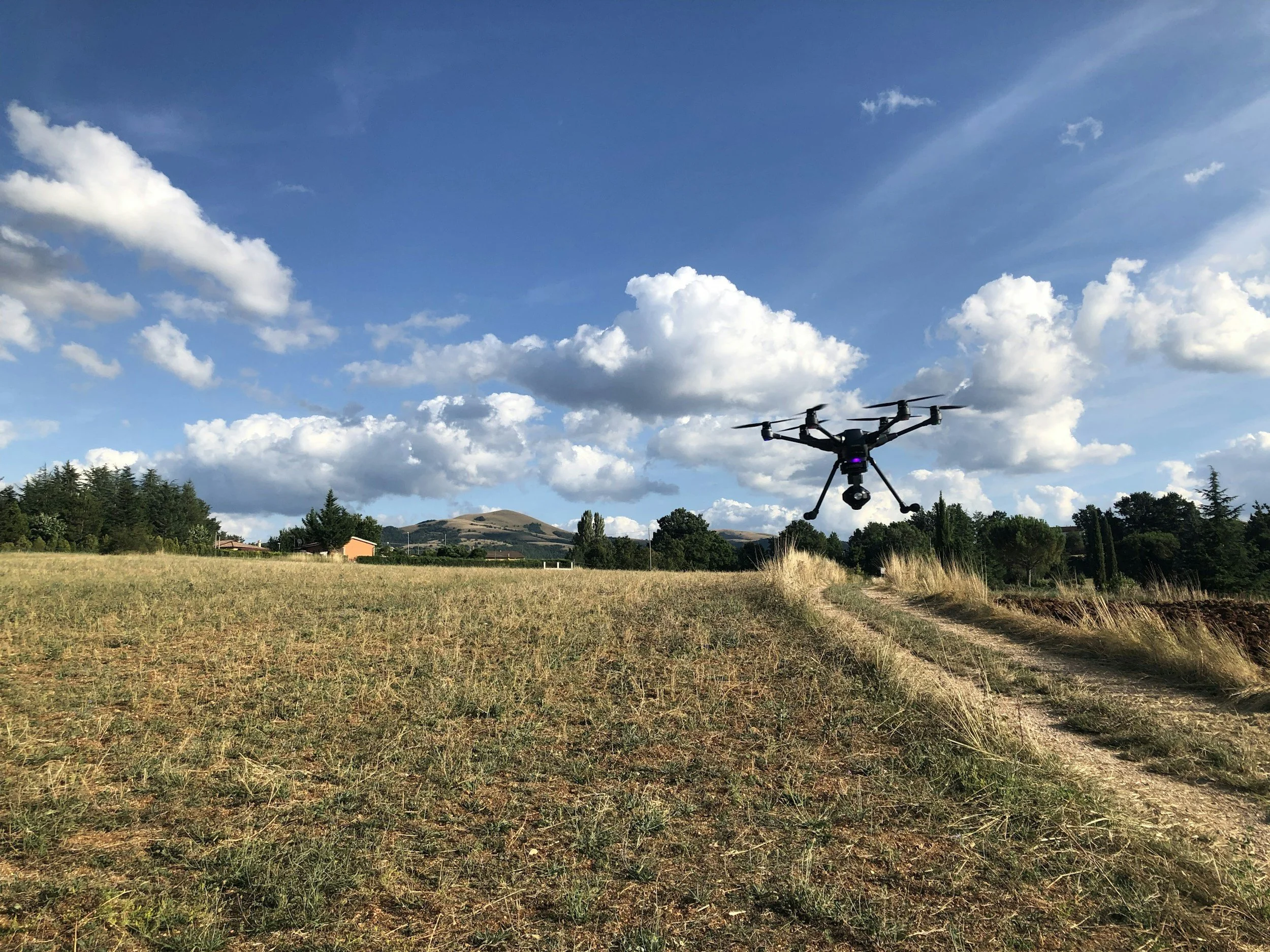
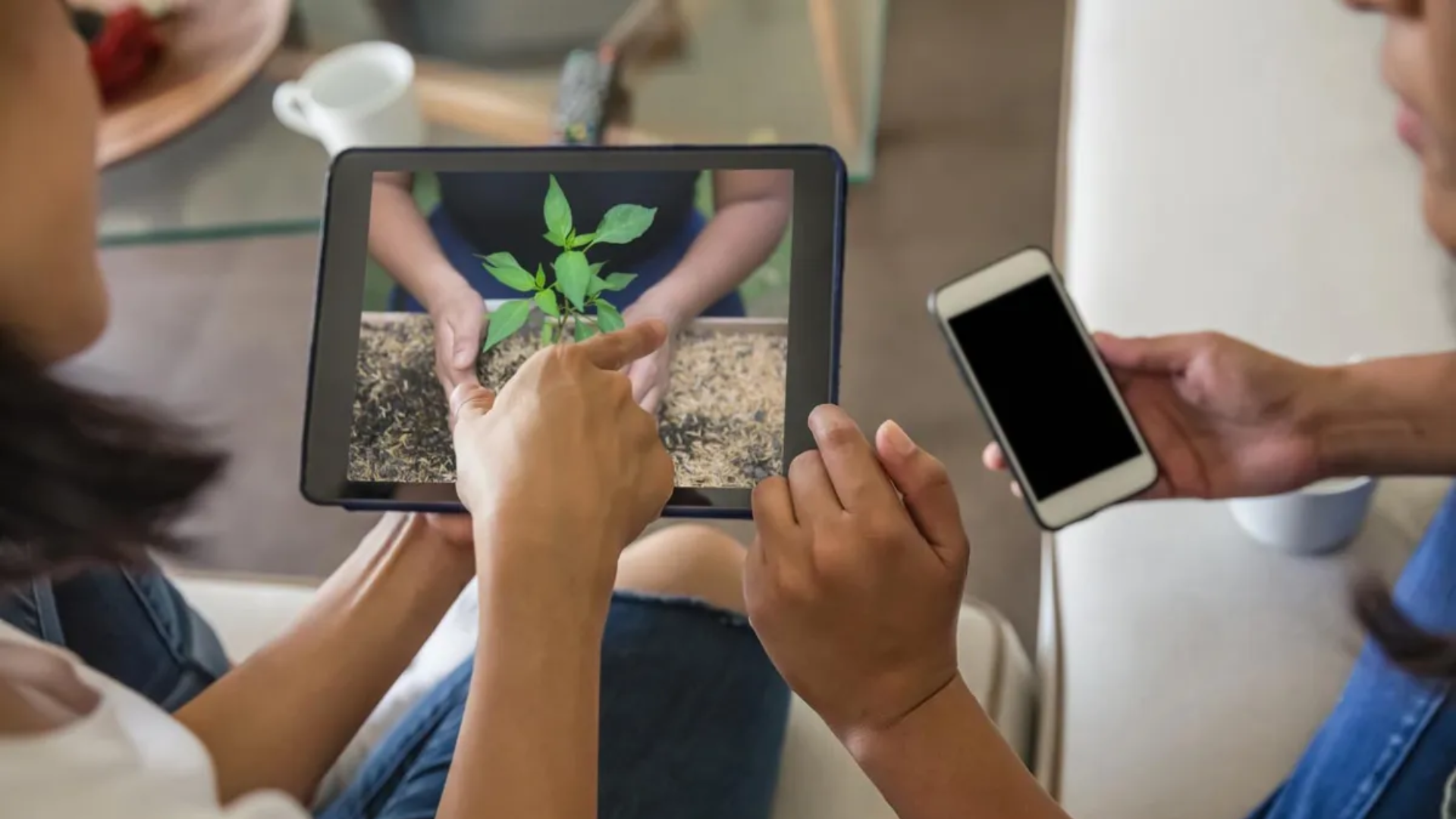
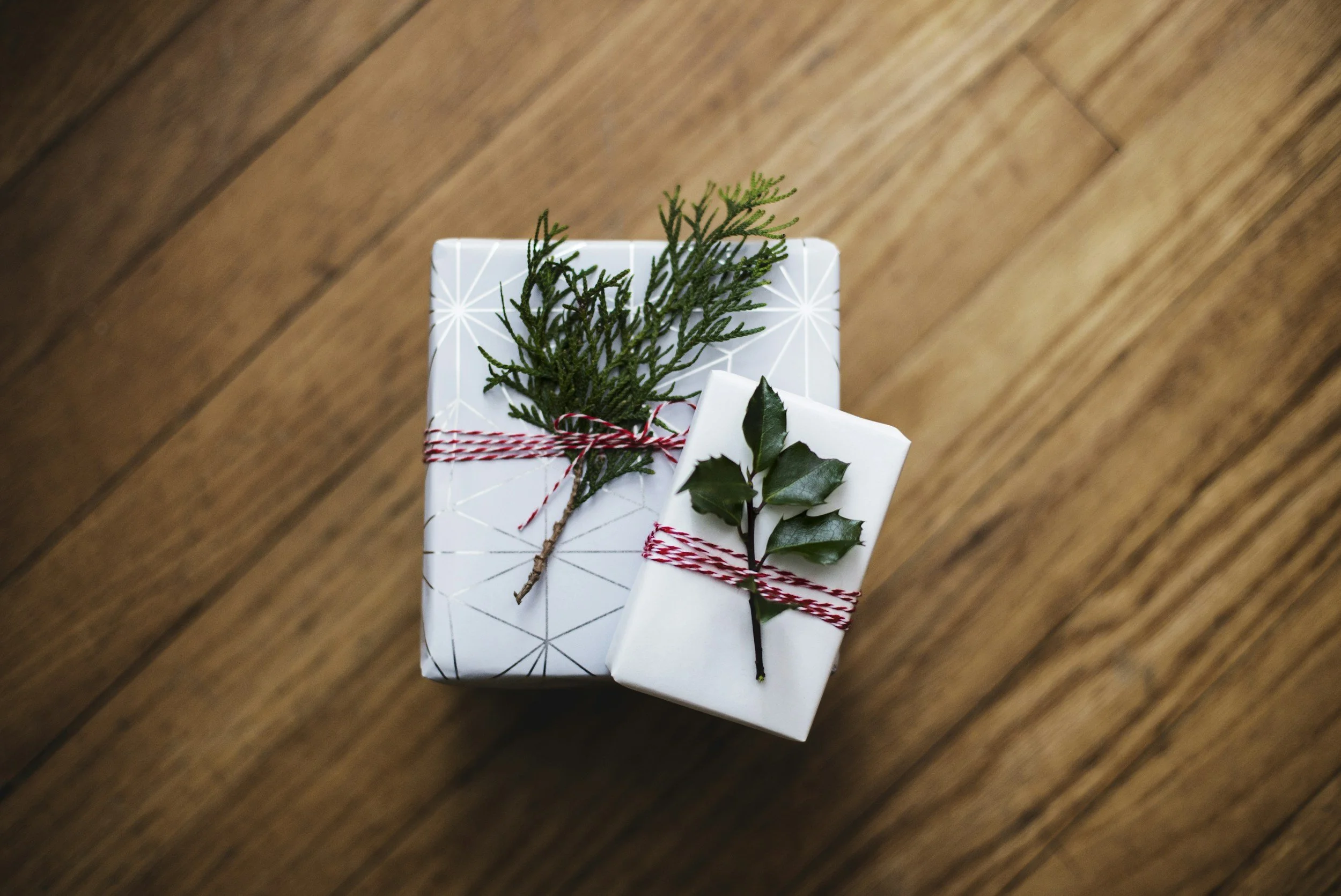

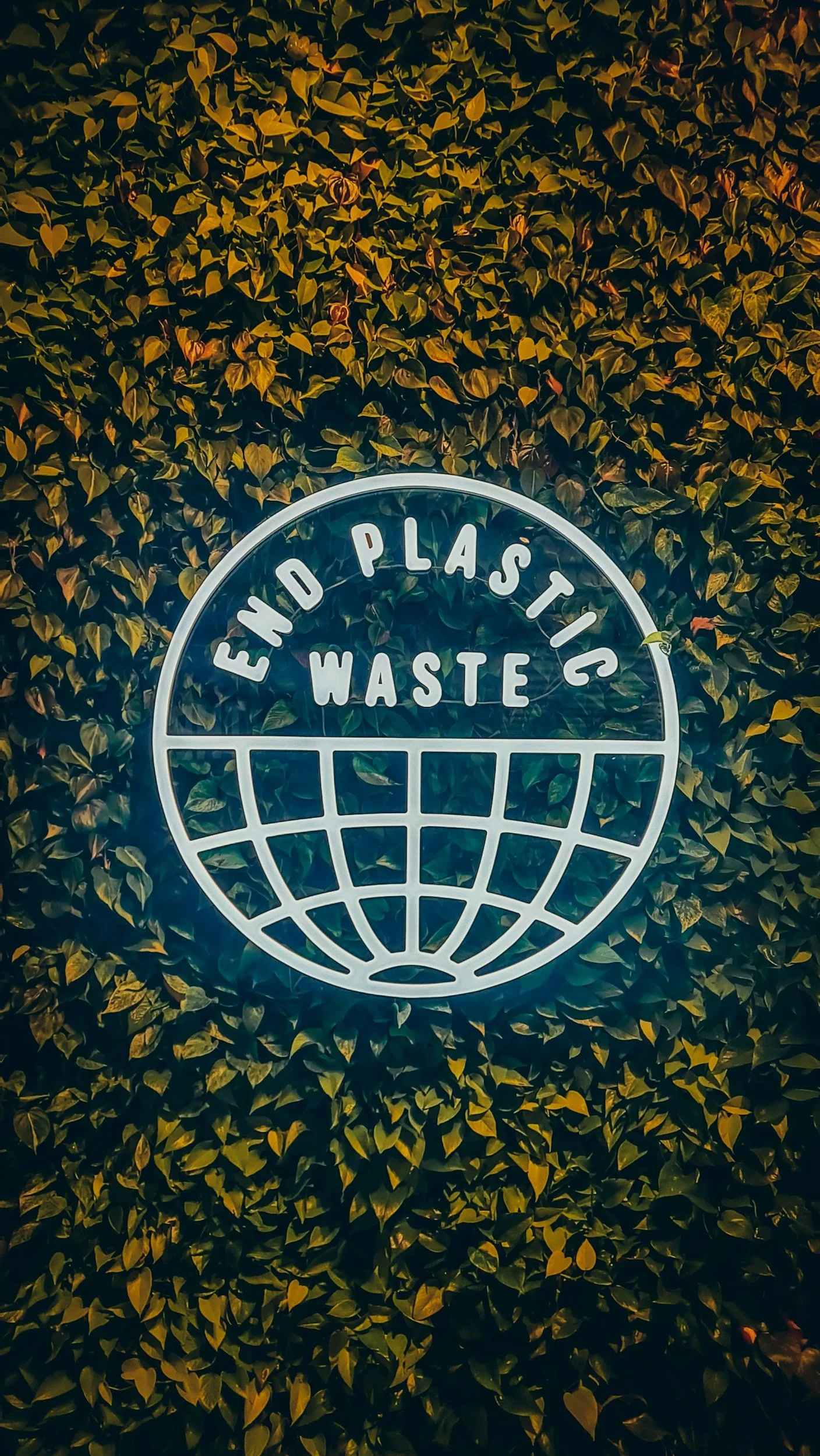
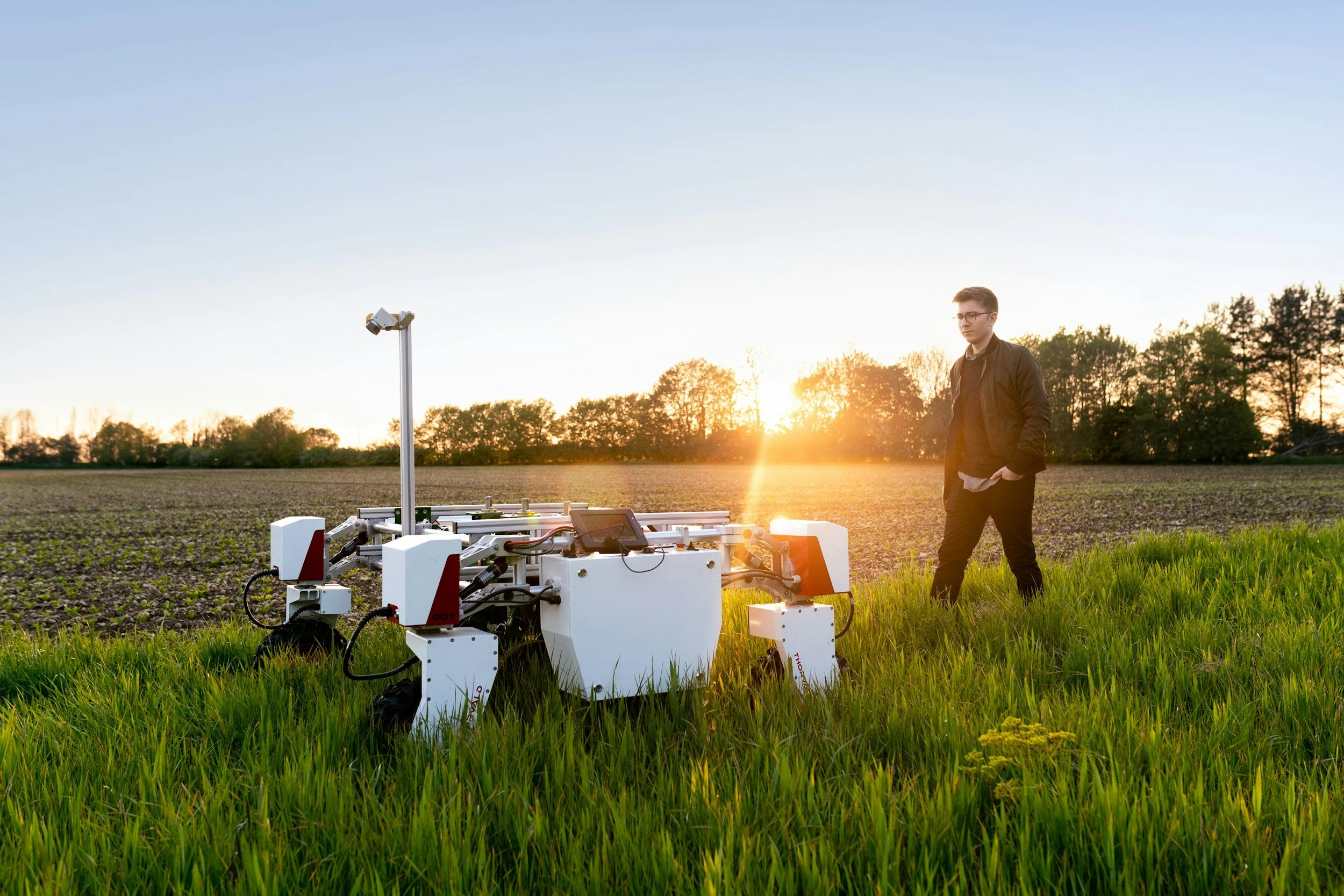








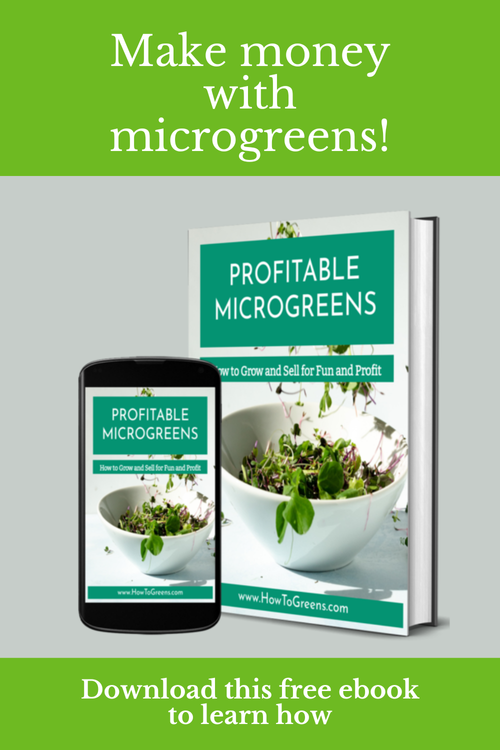
Reducing single-use plastic isn’t just a trendy buzzword, it’s a meaningful step toward protecting oceans, wildlife, and human health. Plastic takes centuries to break down, leaches harmful chemicals, and shows up in the deepest trenches of the sea and the highest peaks of the Himalayas. This guide covers everything from understanding the problem to everyday swaps, all designed to help you transition to a plastic-free lifestyle.